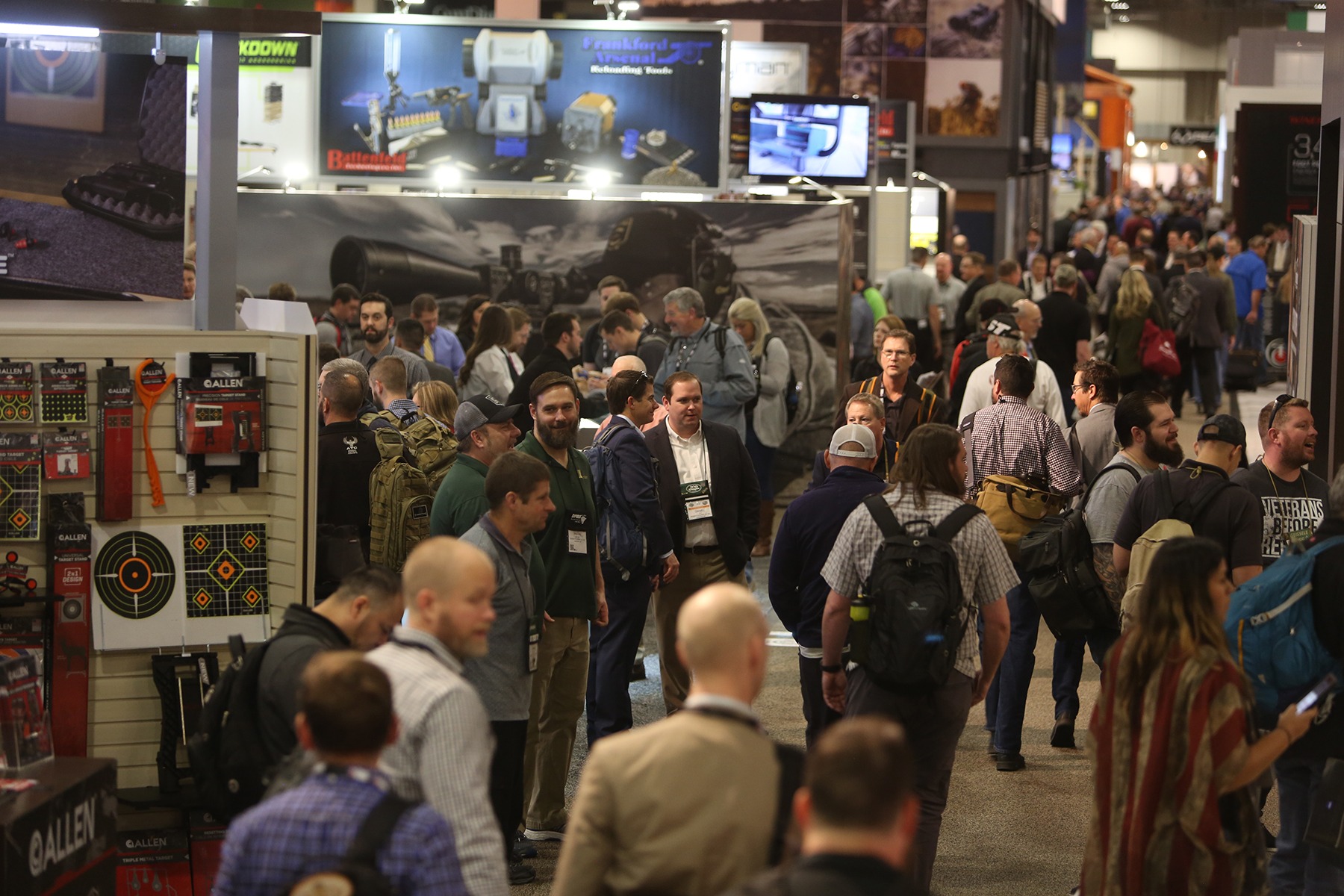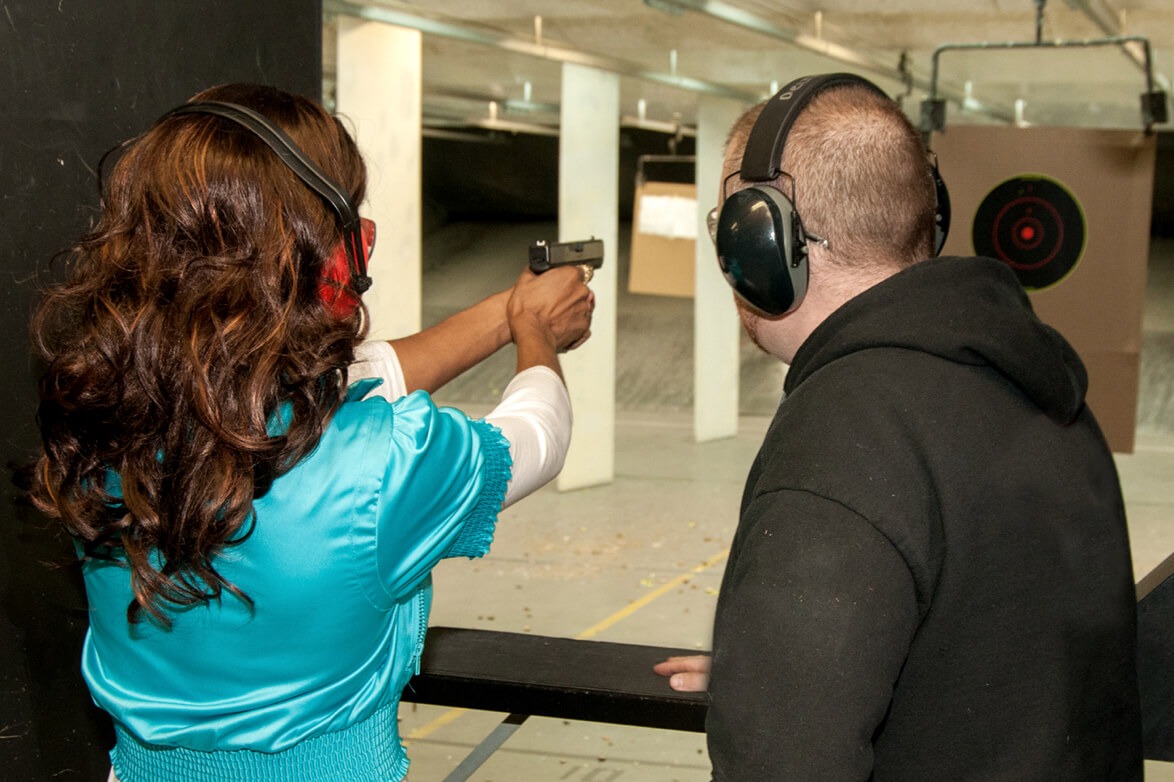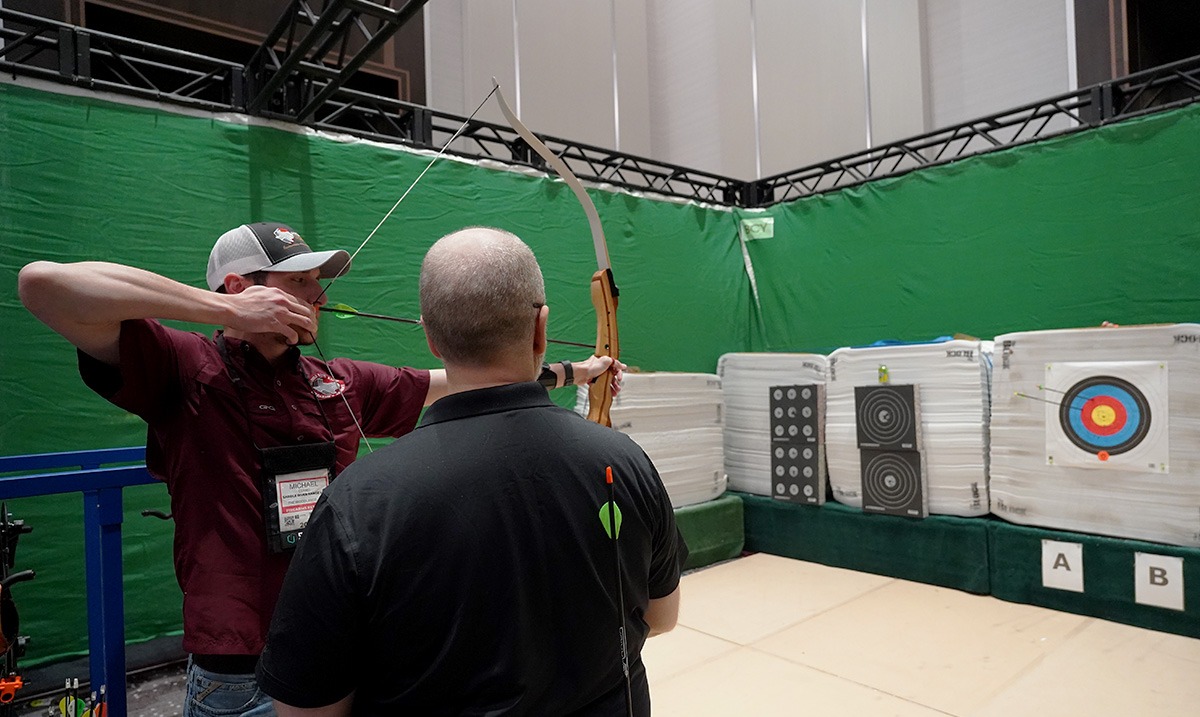 Back to News
Back to News
December 4, 2020
Mexico Proves More Gun Control Does Not Mean Less Crime
Recently The Washington Post published an article depicting the rampant organized crime crisis in Mexico. There is no question that the crime and violence fueled by drug cartels in our southern neighbor are major problems for Mexico, the United States and for the global community. However, the authors make a mistake typical of the gun control crowd; they blame the firearm rights enshrined in the U.S. Constitution for the problems in Mexico.
Cartels are becoming bolder, showcasing weapons and drugs in videos used to not only attract potential recruits but also threaten those who might oppose them. Mexican officials who articulate their frustration in the article are very quick to blame cartel activity on their pro-gun northern neighbor and the authors are more than eager to parrot these inaccurate sentiments in the article.
The misplaced blame is unfortunate because the right solutions cannot be implemented if the problem is not correctly identified. If firearm rights are the problem, why does the United States not face a similar level of cartel-related violence? Particularly under President Trump, crimes are prosecuted. The government enforces the law. Making the United States more like Mexico, with its clearly ineffective gun control policies, will not solve Mexico’s problem and is surely not a successful model for the U.S. to follow.
Narcotics activity is an ongoing, destructive problem in Mexico, a country infamous for its uneven enforcement of its own laws. The United States has a role to play as a partner in helping to deter and prosecute any cross-border cartel activities. However, shifting the conversation from law enforcement and rooting out government corruption to the Second Amendment is unhelpful and misguided.
Straw Purchasing
Cartels, while illicit, typically operate based on for-profit business model. Buying firearms in bulk from countries in Central and South America is much more efficient than traversing the U.S. border with one or two guns at a time. With so much attention put on the northern border, this option is preferred for arming large amounts of sicarios at a time.
Inversely, buying firearms in the United States is a bigger hurdle than what Mexican officials and The Washington Post would like their readers to think. One of the ways that cartels can acquire firearms here in the U.S. and take them across the border is by straw purchasing – an illegal activity. While there are many avenues for criminals to secure firearms, passing more gun laws here in the United States, a strategy that Mexican officials demand, would do nothing to curb criminals from committing crimes.
Straw purchasing is when a non-prohibited person lies on a background check form to buy a firearm for someone else. This is already a serious and known federal crime, enforced with a felony conviction sentence of 10 years in jail and a $250,000 fine. Gun shops are educated by ATF through the NSSF-funded Don’t Lie for the Other GuyTM partnership program to identify and deny such transactions; however, like border security officials, they cannot catch everyone who lies and breaks the law. Cartels routinely bribe young adults and incentivize addicts to illegally purchase firearms in the United States and then illegally traffic those guns over the border using narcotics routes or sometimes border checkpoints. Thankfully, through the efforts of the Department of Justice with Operation Legend, straw purchasers are being prosecuted and brought to justice for illegally supplying guns to criminals.
Myths and Guns
The Washington Post wrongly points a finger at firearms being purchased at gun shows without a background check. This over-simplified vilification misses the facts on background checks. Licensed firearm retailers must run a background check before selling a firearm in any circumstance, whether in a store, at a gun show or online and, the vast overwhelming number of guns sold at gun shows are sold by licensed dealers after a background check. The myth of the “Gun Show Loophole” has become a rallying cry for antigun proponents and those who do not understand legal commerce of firearms.
Another prominent myth is that 90 percent of firearms recovered in Mexico originated from the United States. This is unequivocally false. This myth originated from Congressional testimony by the Bureau of Alcohol, Tobacco, Firearms and Explosives (ATF) when the ATF misstated and quickly attempted to clarify that 90 percent of the firearms traced by the ATF in Mexico circa 2008 came from the United States.
Mexico only submits to the ATF for tracing those firearms that they identify as coming from the United States. The ATF is not asked to – and has no way to trace firearms that are from outside of the United States. While the Mexican government rarely releases data on the number of firearms seized, it did in 2008. When the number of firearms submitted to the ATF for tracing is compared to the actual number seized in Mexico, the truth is about 12 percent of firearms seized Mexico came from the United States.
Mexican officials should look internally before casting blame and making policy demands of other countries. Not all firearms that originate from the United States were trafficked or otherwise illegally brought into Mexico. Often, governments sell firearms to each other, which is certainly the case with the United States and Mexico. The United States and other countries sell firearms under official contracts to Mexico’s government. With the incentives provided by cartels, many soldiers and police officers have taken their training and service firearms and put it to work for the lucrative, but illicit, narcotics trade. Defections have soared to more than 150,000, which contributes to the ongoing problem of too many criminals and not enough police to push back. Mexico’s Gen. Salvador Cienfuegos Zepeda was accused of taking bribes to allow a narcotics cartel to operate in Mexico. Zepeda, who served as Mexico’s Secretary of National Defense from 2012-2018, was arrested by U.S. authorities in October for suspicions of money laundering and narcotics conspiracy. Charges were later dropped, rumored by threats from Mexicano authorities to push out Drug Enforcement Agency authorities from Mexico, among other threats.
Enforce the law
Compounding the problem further are black markets like Tepito where firearms are one of many items that can be purchased illegally in a tented shopping area. Here, the black market is operated by Union de Tepito, a cartel that uses children as lookouts and is fortified enough that law enforcement agencies avoid the area altogether. In some instances, law enforcement officials are even working for the cartel, proving again that giant drug cartels are the problem, not the firearms themselves. The United States, which has vastly more firearms and more first time gun owners than ever before, does not have the same crime problems as its neighbor south of the Rio Grande.
More guns does not equal more crime. Annual data from the FBI shows reduced violent crime for another year in a row in the United States. Mexico has one gun shop in the middle of a military base, operated stringently by the military. This creates a largely unarmed law abiding populous who, in turn, become helpless victims against well-armed criminal elements on a national level. It is safe to say that following the Mexican model of government and lawmaking for firearms would not be advantageous for law abiding citizens on either side of the border. Time and budgets of both nations would be better spent catching criminals instead of deliberating what new laws can suddenly cease all criminal activity.
You may also be interested in:
https://www.nssf.org/do-americans-have-excess-freedom/
https://www.nssf.org/mayors-play-blame-game-as-lawlessness-grows/
Categories: BP Item, Education, Featured, Government Relations, Top Stories








